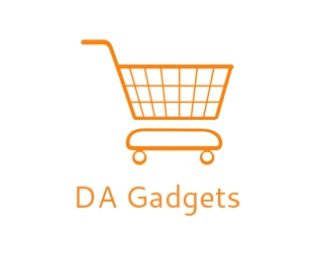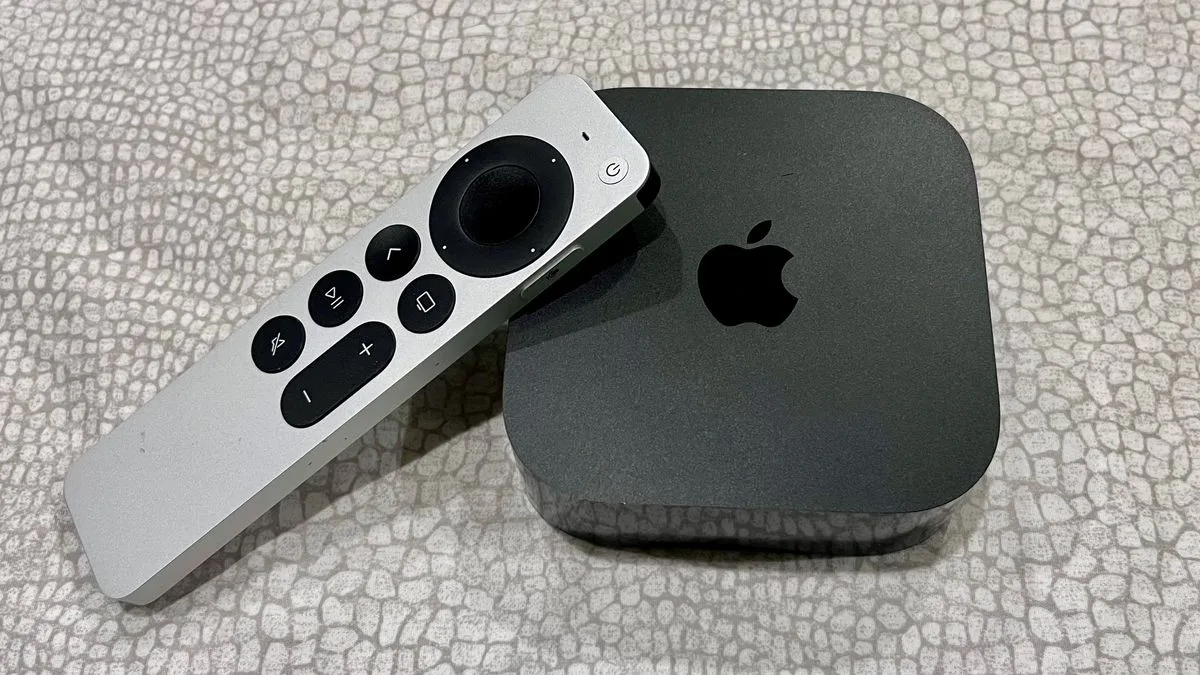Some Roku owners have seen the YouTube TV app disappear from devices Resetting the device doesn’t work, but some have found alternative fixes Google and Roku have yet to respond to the reports YouTube TV has rapidly become one of the best streaming services for live TV, particularly if you’re looking to replace cable with […]


